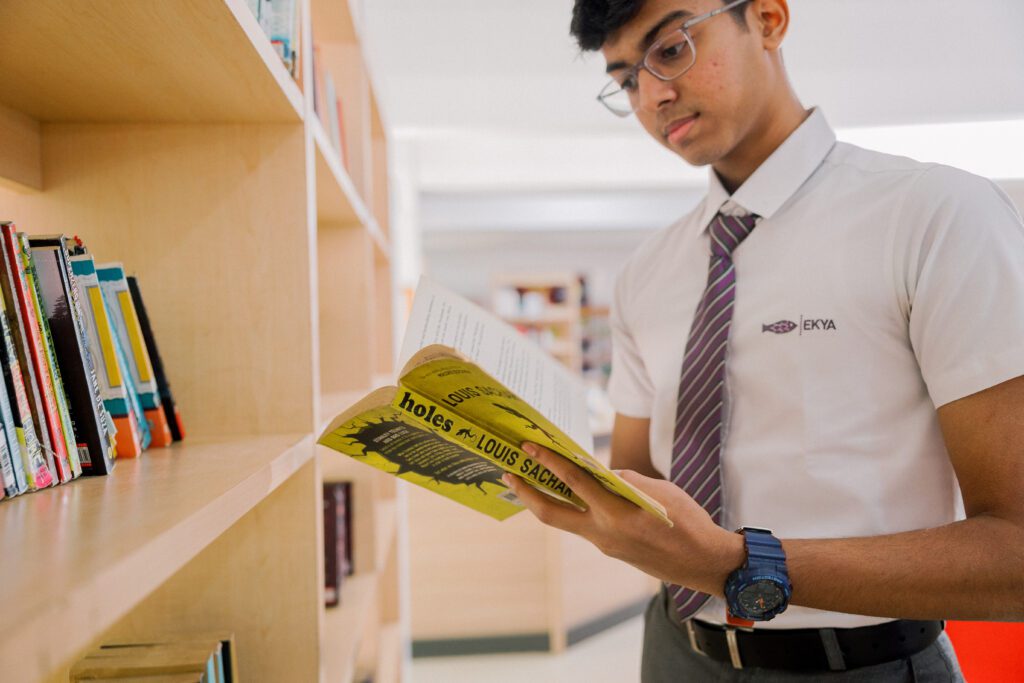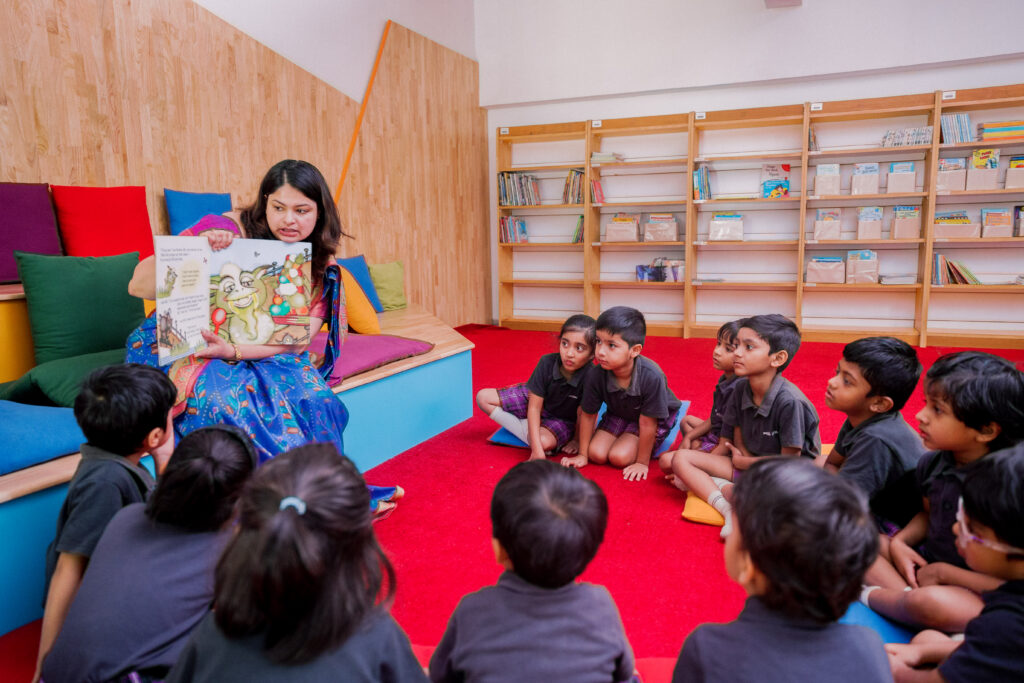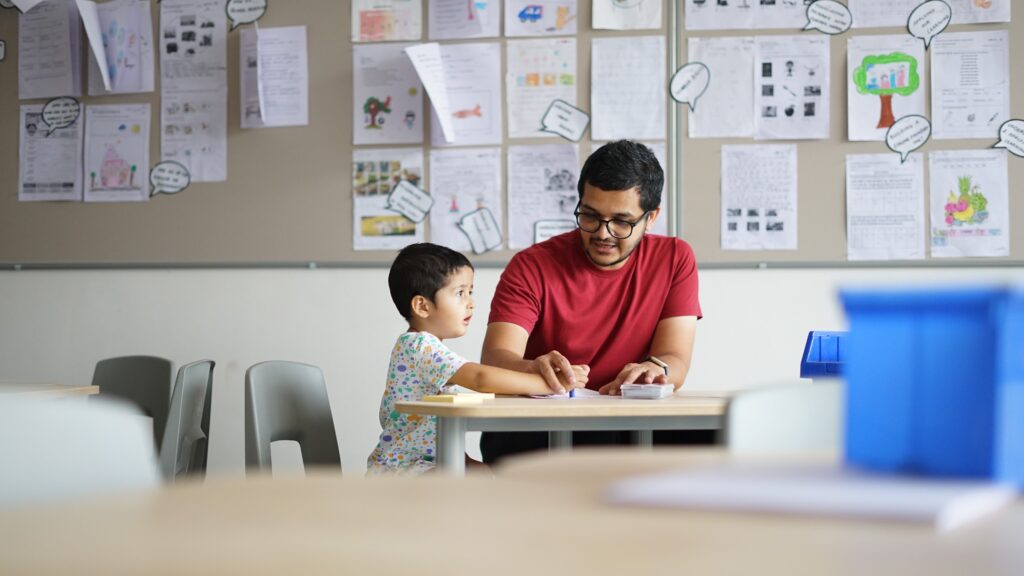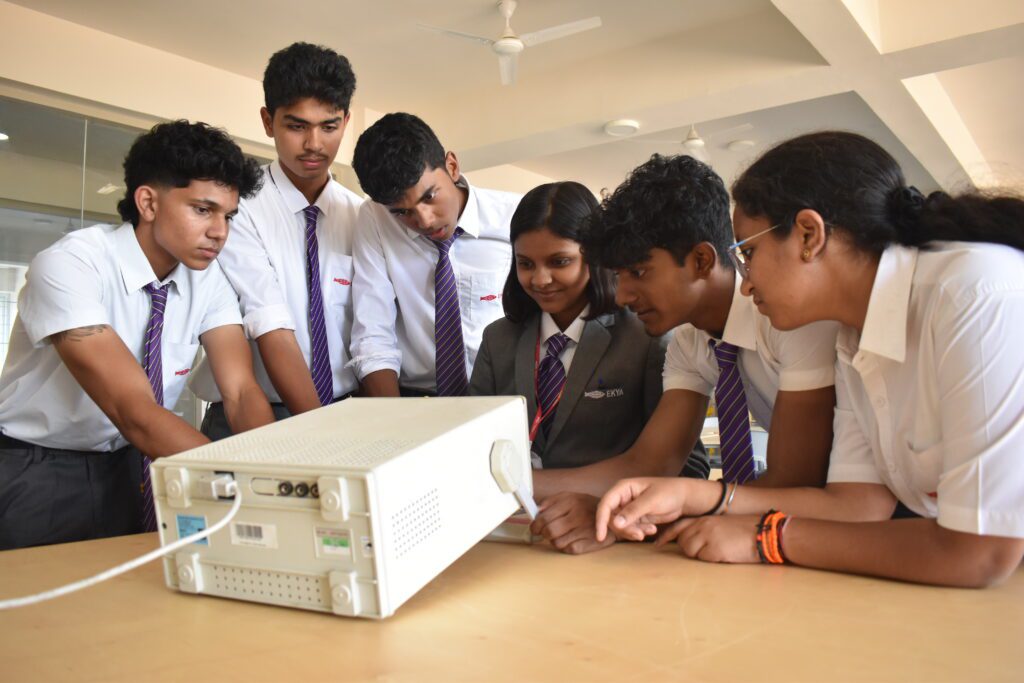What are the main concepts of Purpose-Based Learning?
The world of the educational landscape is shifting. Learners demand a deeper connection between what they learn and how it applies to their lives. Purpose-based learning(PBL) addresses this need by moving beyond passive knowledge acquisition. Instead, students actively engage in projects that address real-world challenges, drawing upon knowledge from various disciplines. This builds a sense of purpose and a deeper understanding, preparing students with the critical skills they need to thrive in the future. Here we explore the core ideas of purpose-based learning and its potential to transform the classroom experience. Benefits of Purpose-Based Learning Purpose-based learning offers numerous benefits for learners, shaping them into engaged individuals ready for success. First, it boosts engagement by giving learning a clear purpose, driving motivation and deeper understanding. It also bridges theory and practice, allowing students to apply knowledge to real-world situations. This improves personal growth through self-discovery and exploring interests within a supportive environment. By linking learning to community service and societal issues, purpose-based learning cultivates responsibility, empathy, and active citizenship, preparing learners to make meaningful contributions to the world around them and become agents of positive change. At Ekya Nava, we believe in fostering a community of learners who are equipped to make a positive impact in the world. The Pillars of Purpose-Based Learning Personal Connection: Education is most effective when it connects with students’ own lives and interests. Purpose-based learning involves students planning their education, making it more meaningful and engaging. Community Engagement: Learning isn’t limited to the classroom. It extends to the community, where students can see how their actions impact others and understand their place in society. Skill Development: Purpose-based learning prioritises more than just academic knowledge. It focuses on building life skills like creativity, emotional intelligence, and resilience—essential for success in today’s world. Our four pathways in Ekya Nava are designed to empower learners to develop these essential skills and more. Key Concepts of Purpose-Based Learning Learning and Critical Thinking PBL aims to stimulate critical thinking about the standards, topics, and skills students need to master. Educators or facilitators deliberate on the types of thinking and learning required for project design, ensuring alignment with educational standards. While maintaining a balance between information and skills, the primary focus remains on planning for students’ cognitive engagement and understanding. By intentionally embedding opportunities for deep thinking and learning, PBL encourages students to absorb content more profoundly, fostering a deeper understanding of concepts. Inquiry-Based Exploration Asking questions is the cornerstone of PBL; fostering curiosity and creativity among both students and educators. Facilitators create environments conducive to generating insightful questions from all participants, nurturing a culture of inquiry throughout the project. Open-ended Driving Questions drive student inquiry, prompting them to seek answers through research, collaboration, and critical thinking. By promoting inquiry-based learning over traditional didactic instruction, PBL empowers students to construct knowledge collaboratively, leading to deeper understanding and creativity. Authentic Assessment Practices PBL utilises intentional formative and summative assessments to guide teaching and learning. Assessment in PBL is viewed not as a means of grading, but as a tool for identifying areas of growth and informing instructional decisions. Meaningful assessments are authentic, relevant, and purposeful, providing students with opportunities to demonstrate their understanding and skills in real-world contexts. These assessments may take various forms, including self-assessment, peer feedback, expert evaluations, and teacher assessments, contributing to a comprehensive understanding of student progress and achievement. As you consider the best educational path for your child, we invite you to explore how Ekya Nava’s unique approach can foster their growth and success. Purpose-based learning offers a transformative approach to education by prioritising critical thinking, inquiry, and authentic assessment. By engaging students in meaningful, real-world projects, this learning technique cultivates curiosity, creativity, and lifelong learning skills. By carefully planning projects that match learning goals, educators can give learners more control over their learning.




